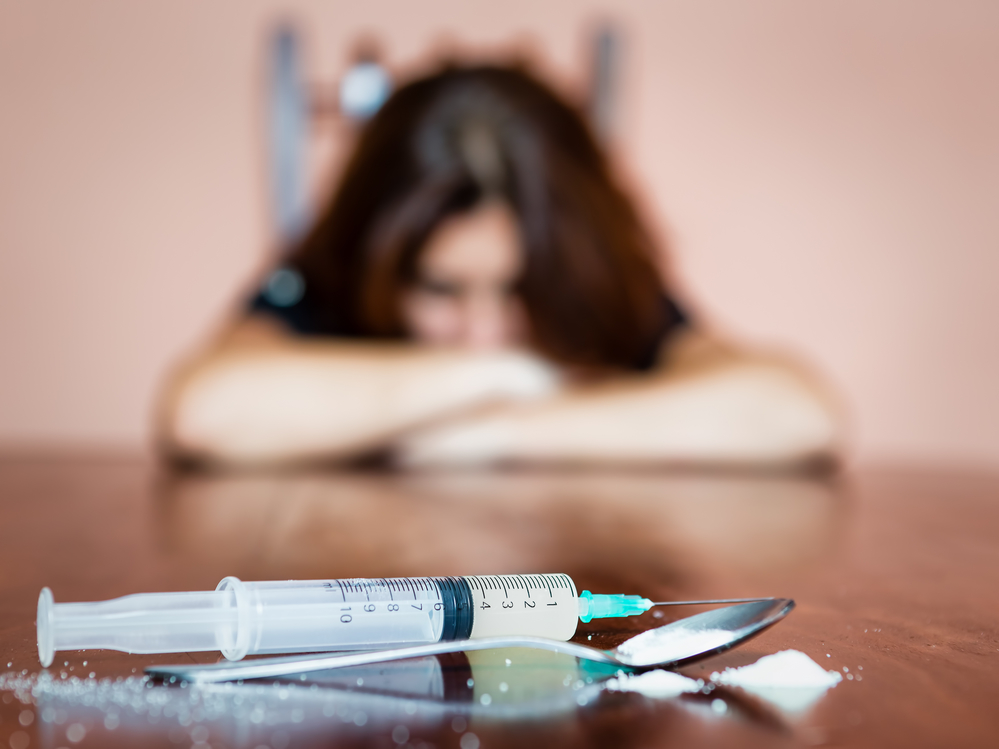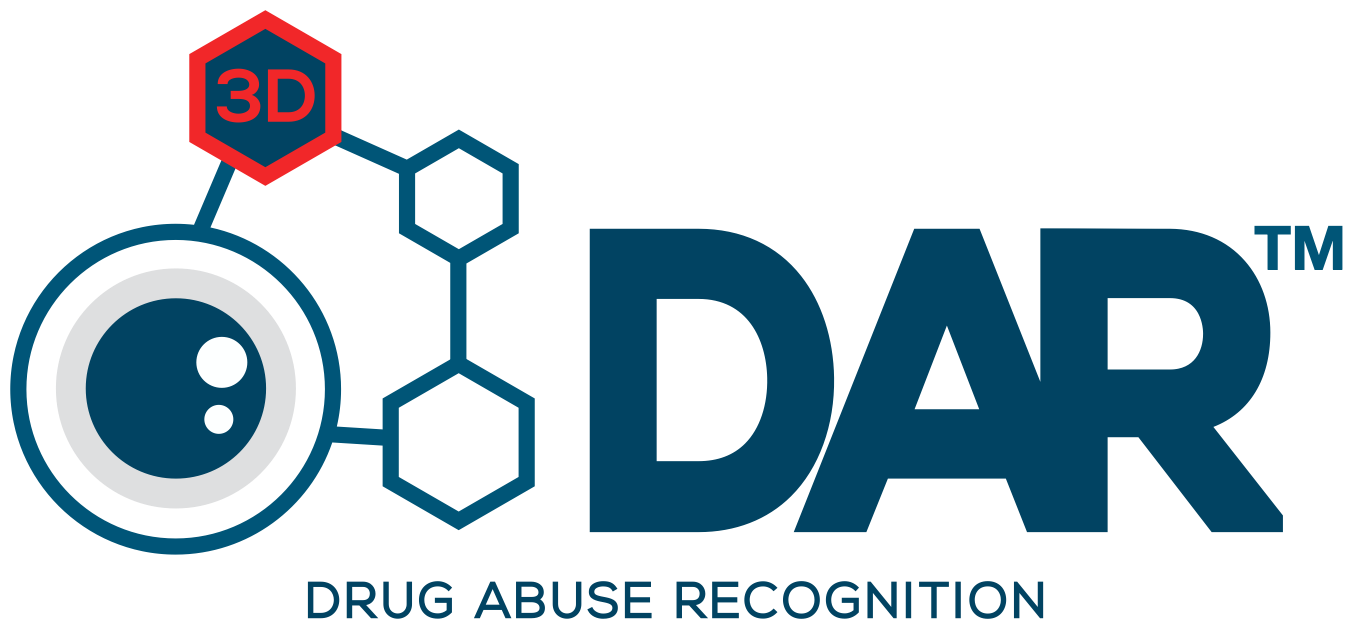People that suffer from addiction meet regularly to help with their recovery. Most times, this can last a lifetime. But in the age of the coronavirus (COVID), this can be difficult. California, with a skyrocketing addiction rate, has placed 40 million people under a shelter in place order. How will those addicted to drugs or alcohol meet for their regular addiction treatment? Worse yet, there are people that receive medication every day to treat their addiction. How will COVID affect them?

Addiction Treatment During the COVID Crisis: Guidance from SAMSHA
The Substance Abuse and Mental Health Services Administration has issued guidance for people offering services to people with substance use disorder.
Addiction recovery facilities in Cincinnati advise the citizens they represent to take security measures, such as calling before attending meetings, washing their hands and sanitizing their living spaces. “I would suggest people take standard precautions, call to confirm meetings, but do not ignore their recovery needs,” said Nan Franks, President and CEO for Greater Cincinnati’s Addiction Services Council. “We have to remember that addiction is a serious and life-threatening disease, as well.”
At Talbert House, an Ohio nonprofit that offers addiction services, new protocols include moving groups to larger rooms to implement social distancing, requiring hand washing before and after groups when at all possible, and asking clients and staff to stay home if they have any viral symptoms.
12-Step Programs Use Technology and Social Media
A memo from the General Services Office of Alcoholics Anonymous (AA) notes that groups unable to meet at their usual meeting places have begun to meet digitally. They are “doing so in a sensible and helpful manner to allow the group to continue keeping the focus on our common welfare and primary purpose,” the memo states.
Feds Ease Restrictions on Medically Assisted Treatment
Normally, the 350,000 Americans who rely on methadone clinics for daily treatment are required by law to take their medication at the clinic. They often wait in long lines to take their doses in a supervised setting. On Monday, the Substance Abuse and Mental Health Services Administration said it is allowing for four weeks of take-home doses for stable patients, and two weeks for less-stable patients who the clinic believes “can safely handle this level of take-home medication.”
Last week the Drug Enforcement Administration confirmed that initial evaluations may be performed online to prescribe buprenorphine. Previously, clinicians needed to meet in person with potential new patients for diagnosis, rather than using telemedicine.

